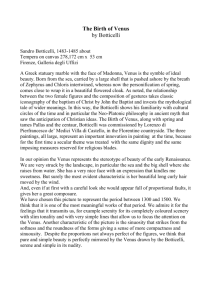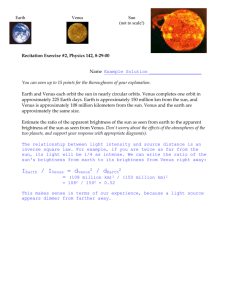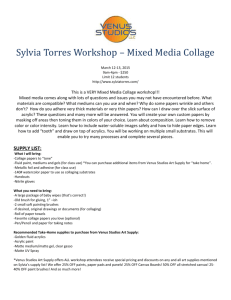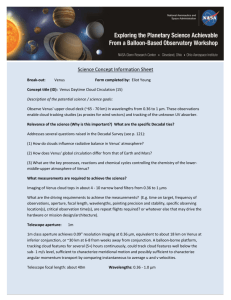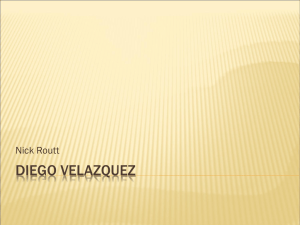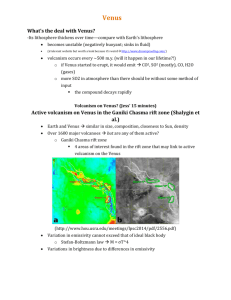Botticelli's Mythologies: A Study in the Neoplatonic Symbolism of His
advertisement
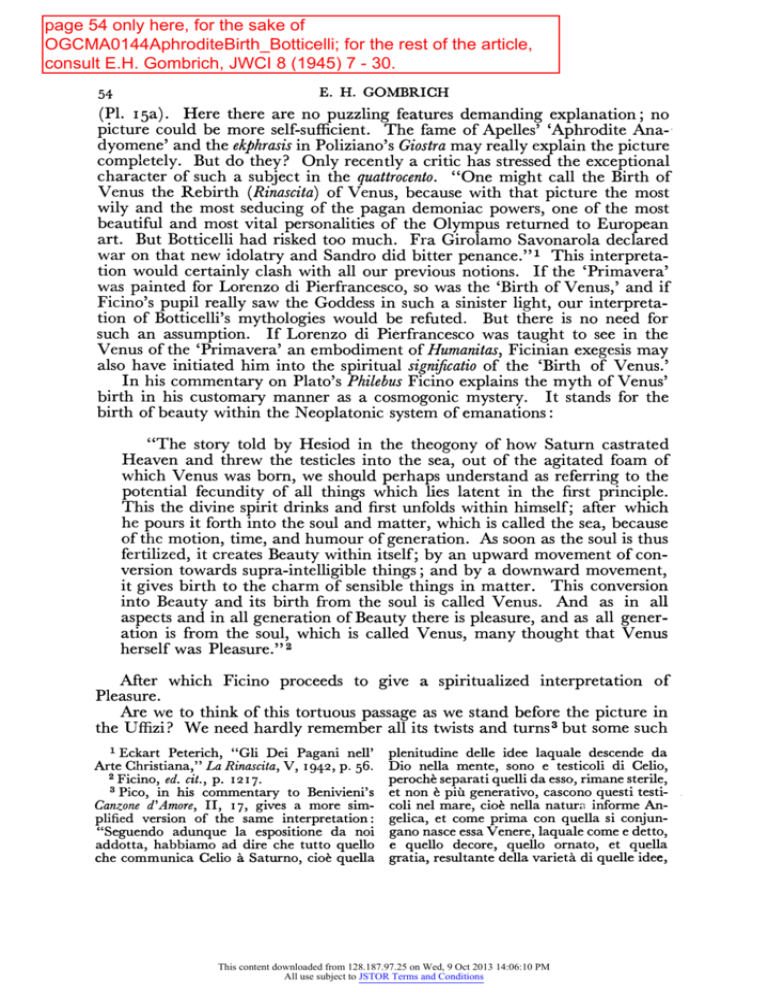
page 54 only here, for the sake of OGCMA0144AphroditeBirth_Botticelli; for the rest of the article, consult E.H. Gombrich, JWCI 8 (1945) 7 - 30. 54 E. H. GOMBRICH (P1. I5a). Here there are no puzzling features demanding explanation; no picture could be more self-sufficient. The fame of Apelles' 'Aphrodite Anain Poliziano's Giostramay really explain the picture dyomene' and the ekphrasis But do completely. they? Only recently a critic has stressed the exceptional character of such a subject in the quattrocento."One might call the Birth of Venus the Rebirth (Rinascita)of Venus, because with that picture the most wily and the most seducing of the pagan demoniac powers, one of the most beautiful and most vital personalities of the Olympus returned to European art. But Botticelli had risked too much. Fra Girolamo Savonarola declared war on that new idolatry and Sandro did bitter penance."' This interpretation would certainly clash with all our previous notions. If the 'Primavera' was painted for Lorenzo di Pierfrancesco, so was the 'Birth of Venus,' and if Ficino's pupil really saw the Goddess in such a sinister light, our interpretation of Botticelli's mythologies would be refuted. But there is no need for such an assumption. If Lorenzo di Pierfrancesco was taught to see in the Venus of the 'Primavera' an embodiment of Humanitas,Ficinian exegesis may also have initiated him into the spiritual significatioof the 'Birth of Venus.' In his commentary on Plato's PhilebusFicino explains the myth of Venus' birth in his customary manner as a cosmogonic mystery. It stands for the birth of beauty within the Neoplatonic system of emanations: "The story told by Hesiod in the theogony of how Saturn castrated Heaven and threw the testicles into the sea, out of the agitated foam of which Venus was born, we should perhaps understand as referring to the potential fecundity of all things which lies latent in the first principle. This the divine spirit drinks and first unfolds within himself; after which he pours it forth into the soul and matter, which is called the sea, because of the motion, time, and humour of generation. As soon as the soul is thus fertilized, it creates Beauty within itself; by an upward movement of conversion towards supra-intelligible things; and by a downward movement, it gives birth to the charm of sensible things in matter. This conversion into Beauty and its birth from the soul is called Venus. And as in all aspects and in all generation of Beauty there is pleasure, and as all generation is from the soul, which is called Venus, many thought that Venus herself was Pleasure."2 After which Ficino proceeds to give a spiritualized interpretation of Pleasure. Are we to think of this tortuous passage as we stand before the picture in the Uffizi? We need hardly remember all its twists and turns3but some such 1 Eckart Peterich, "Gli Dei Pagani nell' Arte Christiana," La Rinascita,V, 1942, P- 56. 2 Ficino, ed. cit., p. 1217. 3 Pico, in his commentary to Benivieni's Canzoned'Amore,II, 17, gives a more simplified version of the same interpretation: "Seguendo adunque la espositione da noi addotta, habbiamo ad dire che tutto quello che communica Celio a Saturno, cio&quella plenitudine delle idee laquale descende da Dio nella mente, sono e testicoli di Celio, peroche separati quelli da esso, rimane sterile, et non 6 piu generativo, cascono questi testicoli nel mare, cioe nella natura informe Angelica, et come prima con quella si conjungano nasce essa Venere, laquale come e detto, e quello decore, quello ornato, et quella gratia, resultante della varieth di quelle idee, This content downloaded from 128.187.97.25 on Wed, 9 Oct 2013 14:06:10 PM All use subject to JSTOR Terms and Conditions
